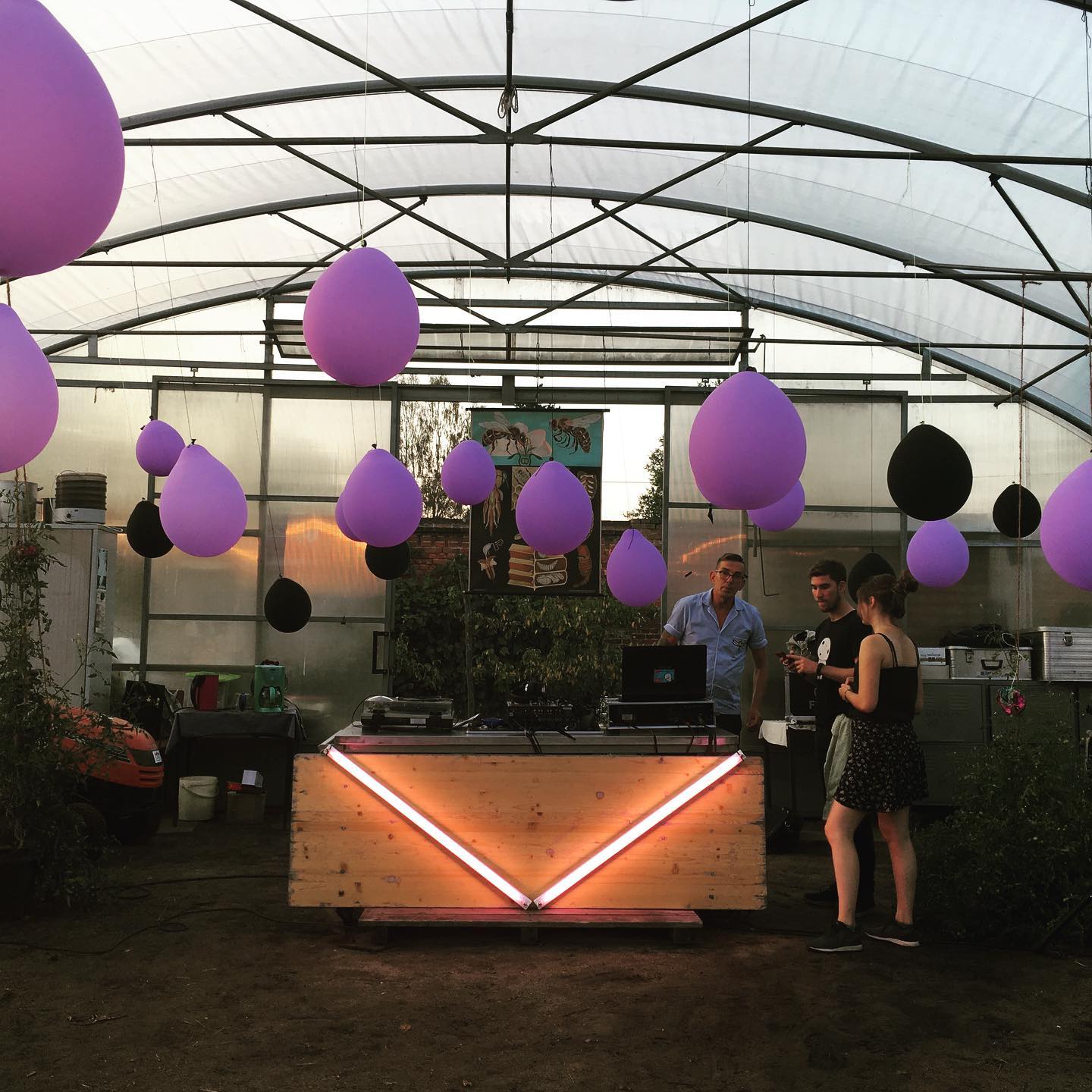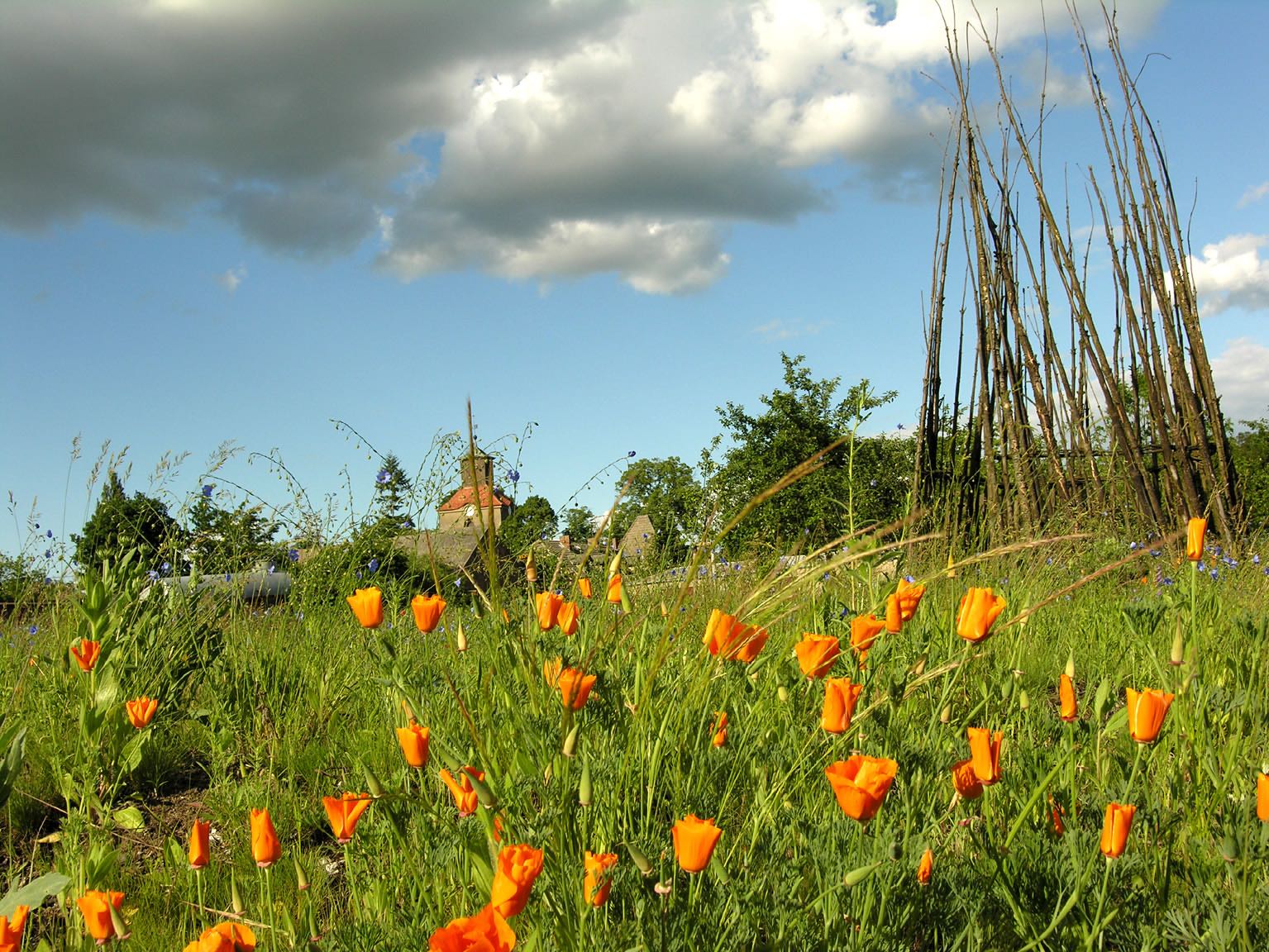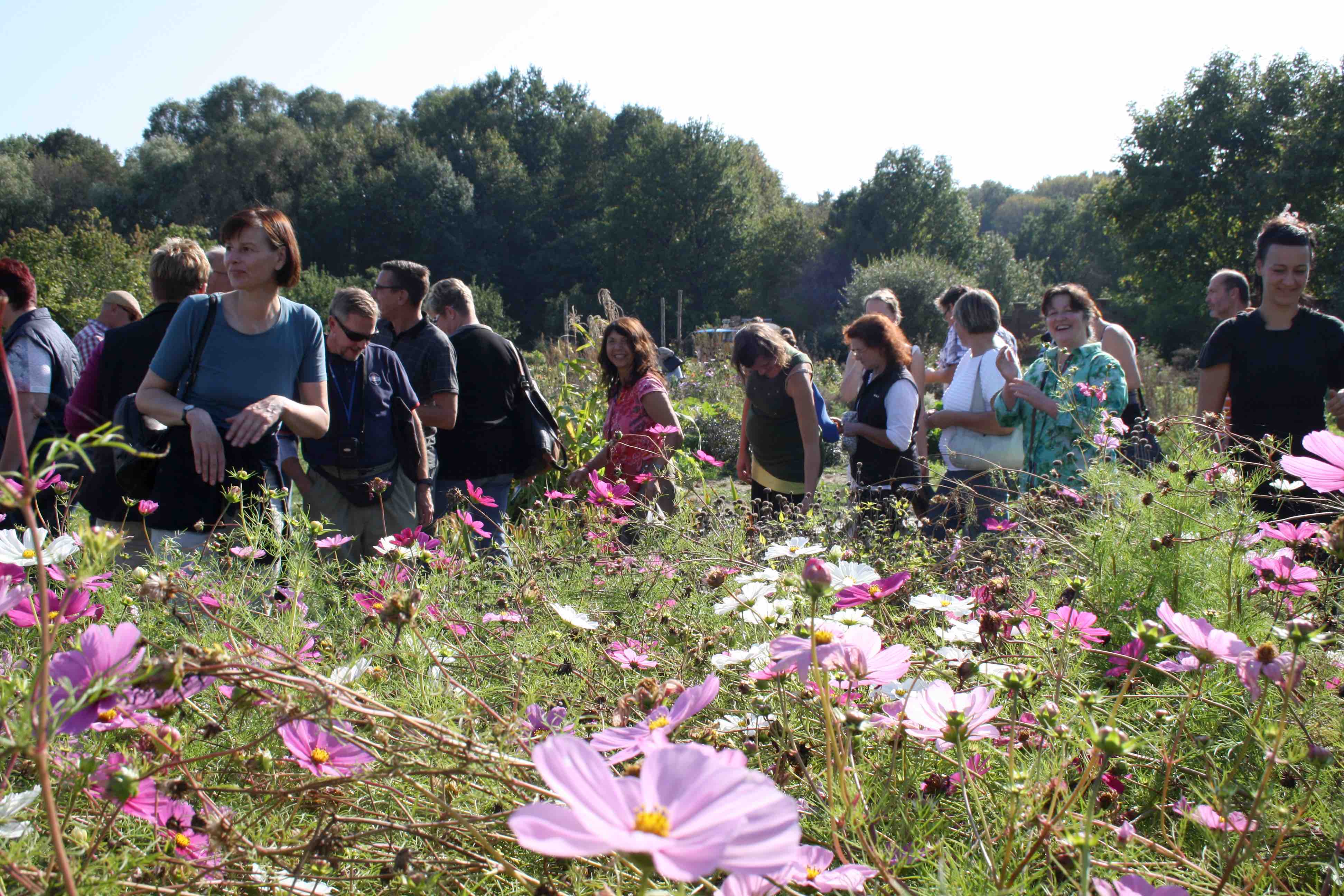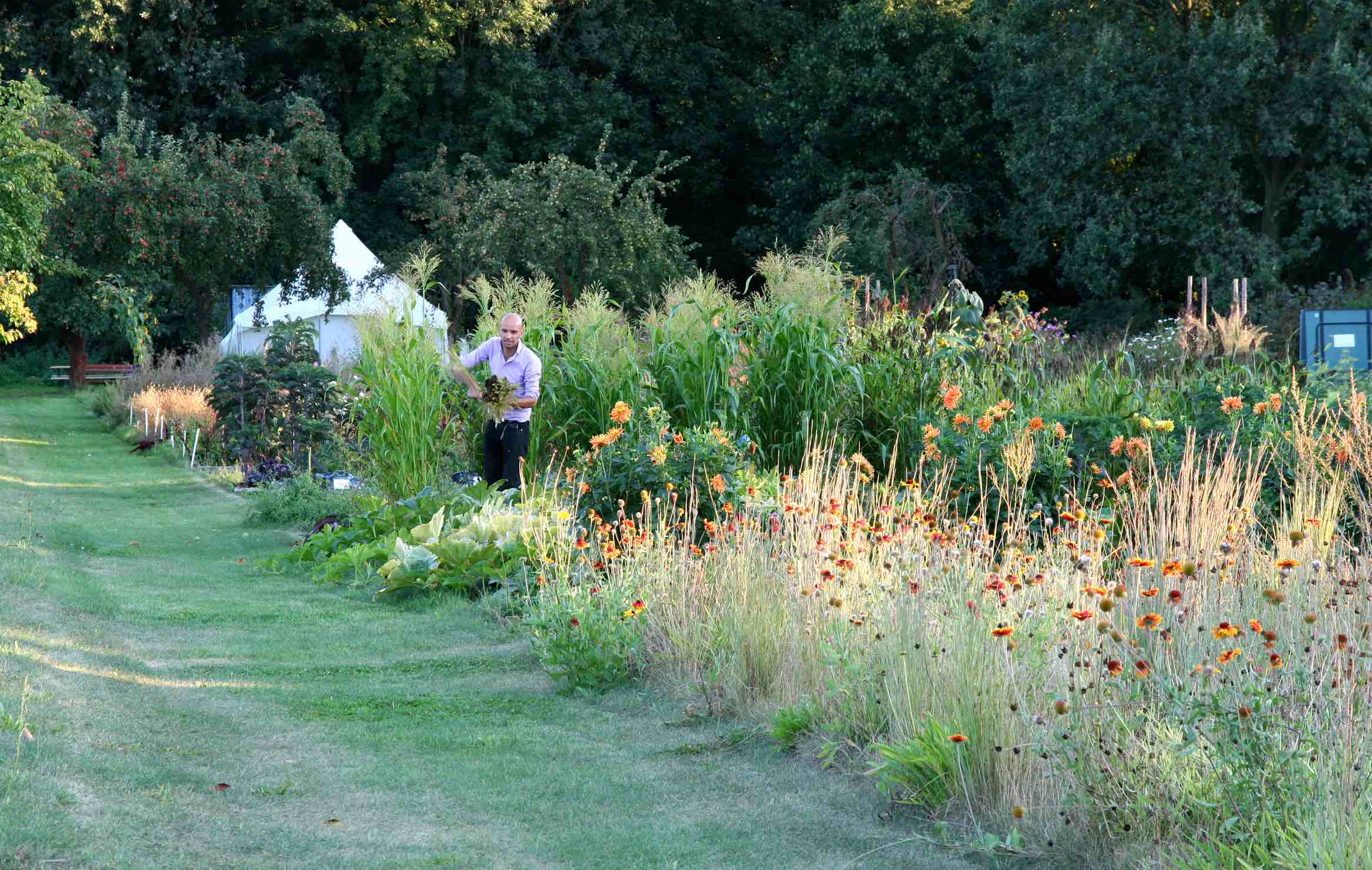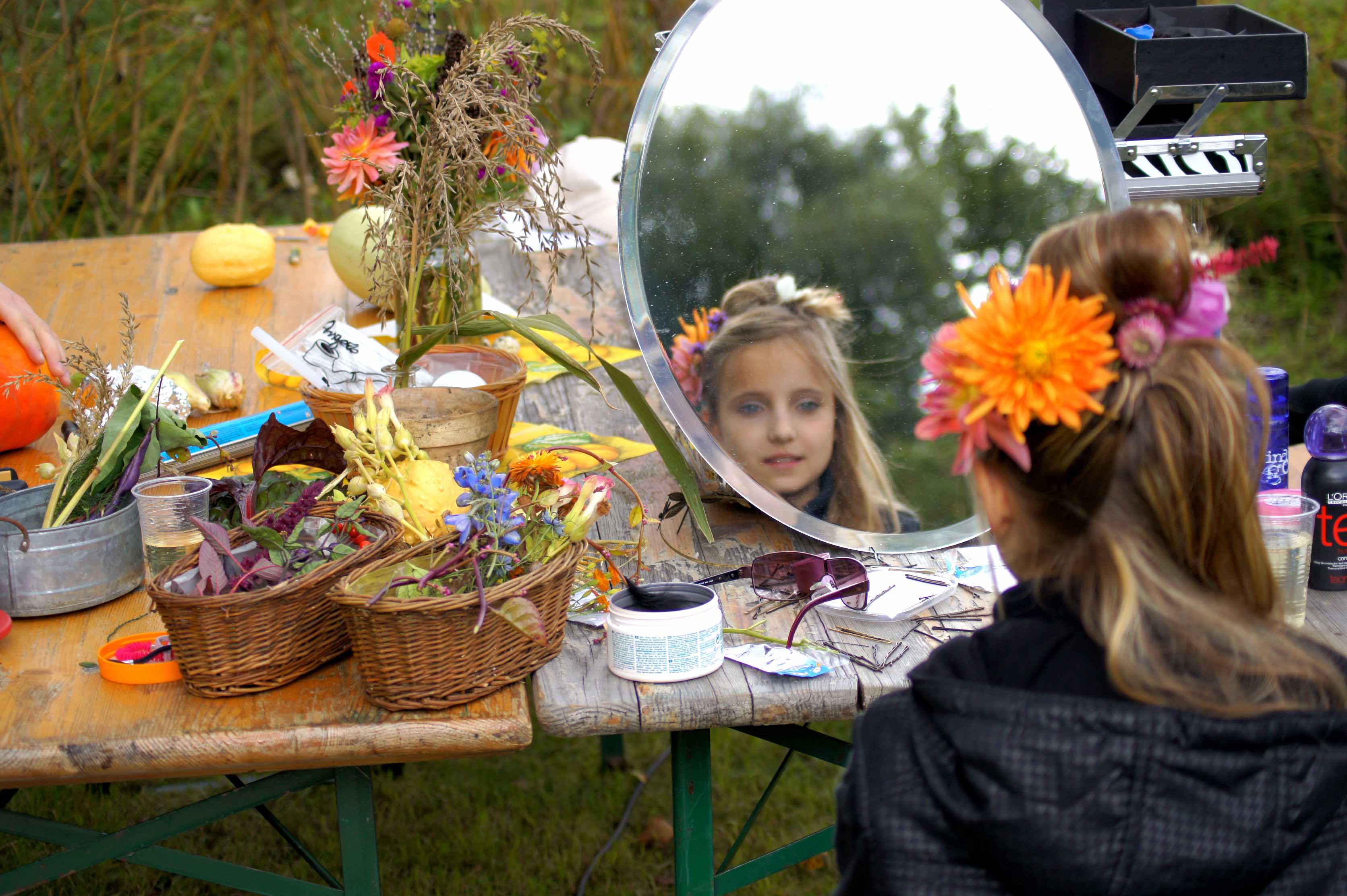LandKunstLeben (LandArtLife), located in the small German village of Steinhöfel, is an open-air garden museum based on experimentation, education and artistic creation.
The village of Steinhöfel developed around a historic estate constructed at the end of the 18th century by the Berlin-based architects David and Friedrich Gilly. The castle and the library building are surrounded by one of the oldest landscape parks in the Brandenburg region. Together the castle, library and park form a homogenous architectural ensemble. Two sphinx statues guard the park’s entrance gates. Conceived by Johann August Eyserbeck (1762-1801), the son of Johann Friedrich Eyserbeck who designed the park at Wörlitz, the landscaped park at Steinhöfel is one of the most remarkable in Europe. Johann August Eyserbeck is known for having designed the park at Bellevue Castle, the new garden at Potsdam and the deer park at Sanssouci, and for having transformed the French baroque garden at Charlottenburg into an English landscape park.
The cultural project
LandKunstLeben is a non-profit artistic organisation created in February 2001, which works in collaboration with the village of Steinhöfel, the local community, the region and the owners of the castle (Deutsche Schleoßergesellschaft). Its aim is to showcase the history of the village and its surroundings, and to establish European partnerships. In 2003, on the site of the castle’s former nursery, LandKunstLeben decided to create an outdoor garden-museum. Supported by European funding, the organisation brought together artists, horticulturalists and scientific contributors, and aimed to combine its artistic research with economic issues – the project aims to create employment for the region. The conferences, meetings, training sessions and artistic events which punctuate the project should make it economically viable. This is how the project ‘Global Village Garden’ came into being. The ‘Kunstlehrgarten für Steinhöfel’ (artistic learning garden for Steinhöfel) was conceived as a laboratory for art between the village and the countryside. It combines rural culture with the international discussion on the efficient and sustainable use of art in rural areas. Alongside the official histories of the great gardens sits the history of oral culture, which is expressed by the traditions and practices of the gardener.
Activities
LandKunstLeben seeks to introduce visitors to rural art, with a garden which combines culture and ecology in a rural setting. The site also provides a setting which inspires creativity and drive, and installations which offer new artistic experiences. The ‘outdoor garden-museum’ offers a varied programme including events, art exhibitions, installations and open-air cooking lessons. LandKunstLeben is a place of creation, learning and pleasure.

